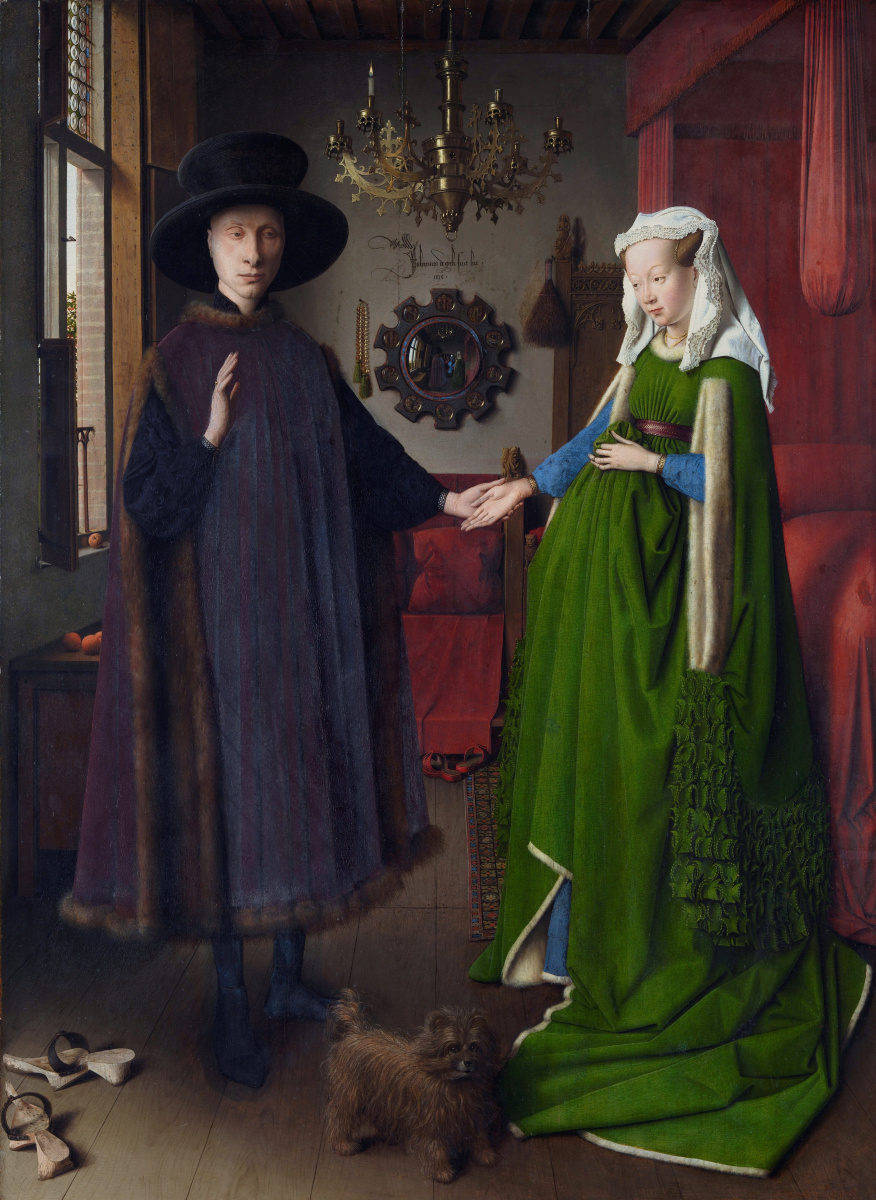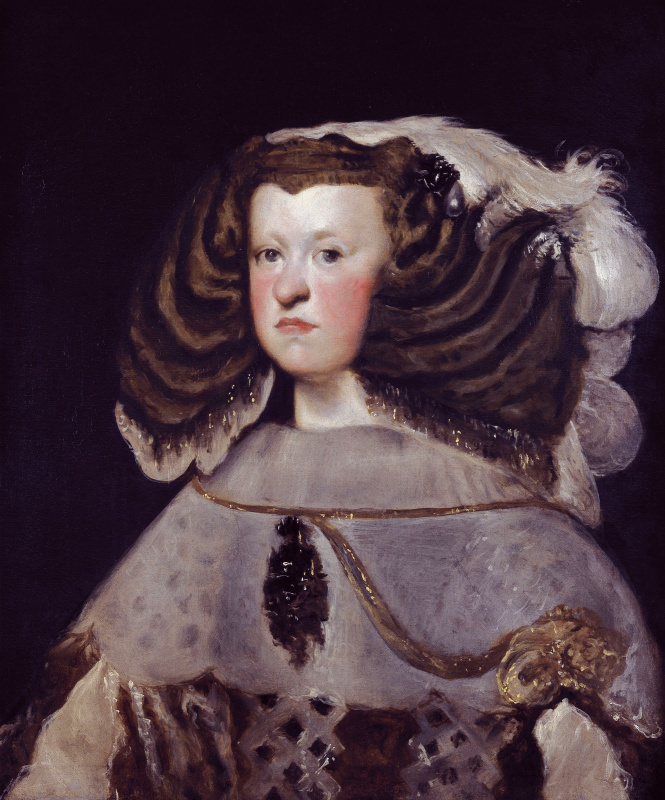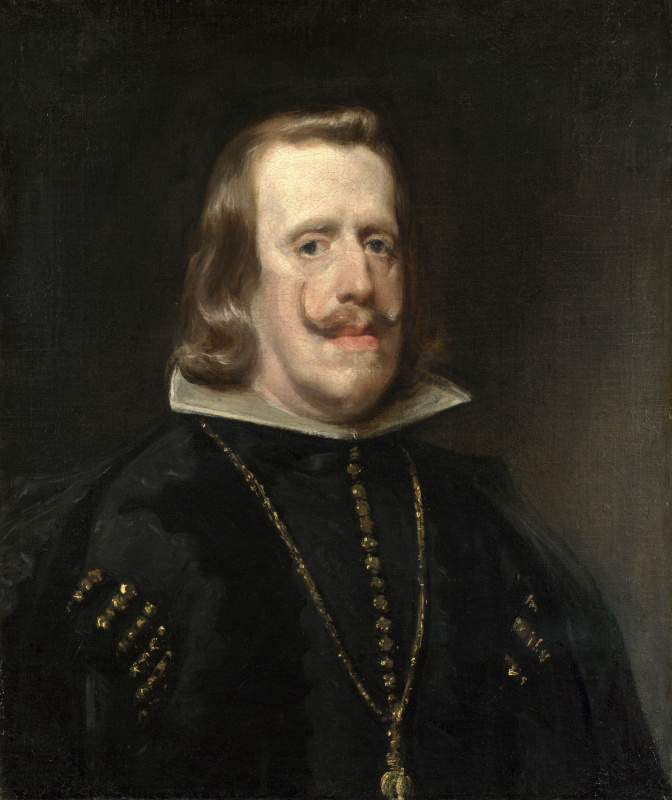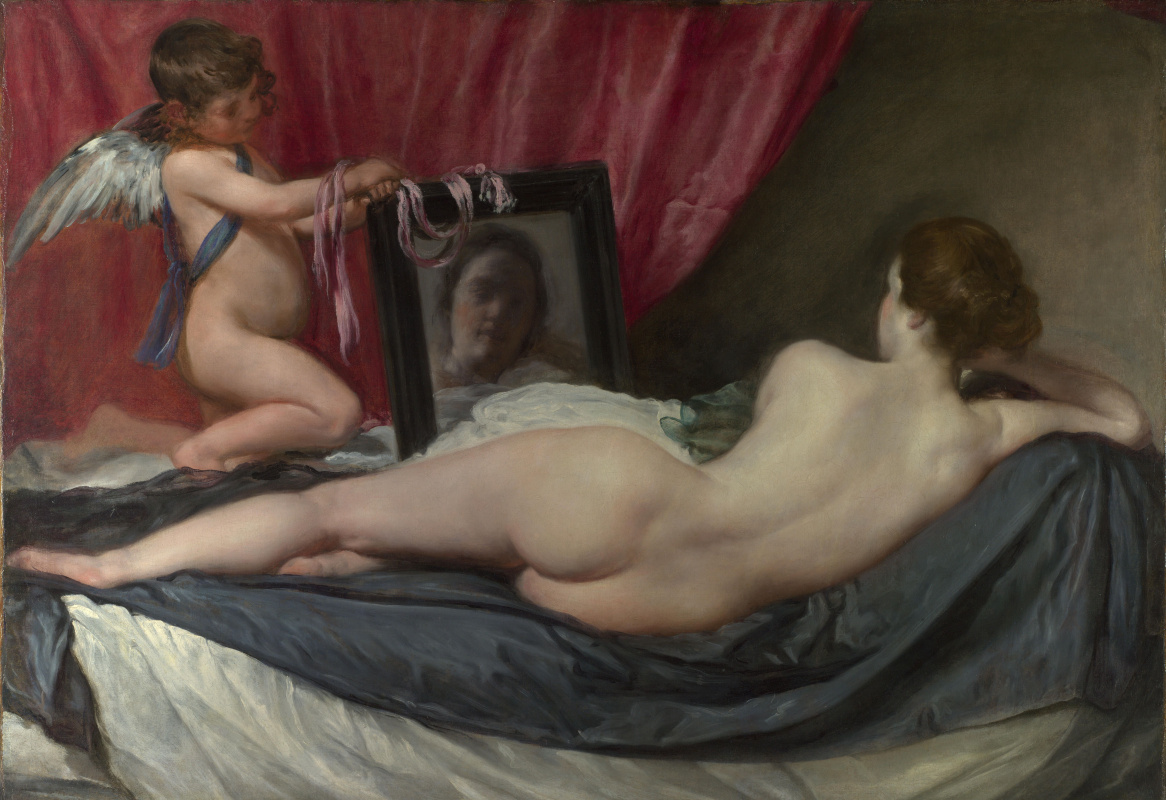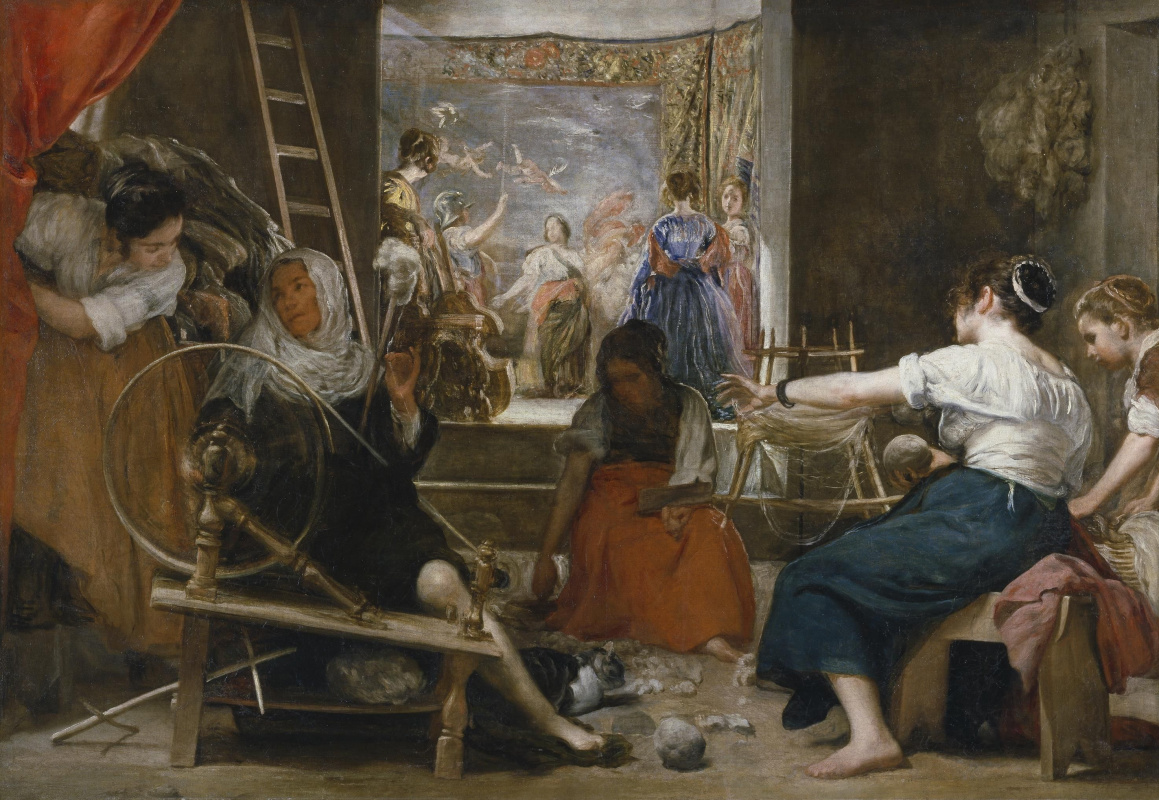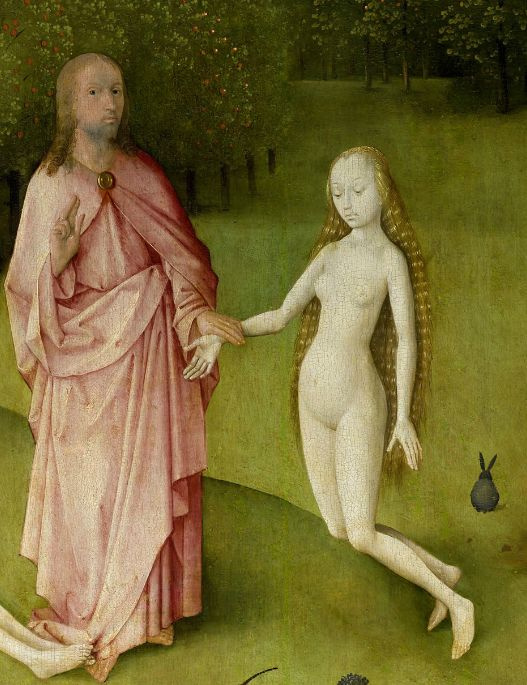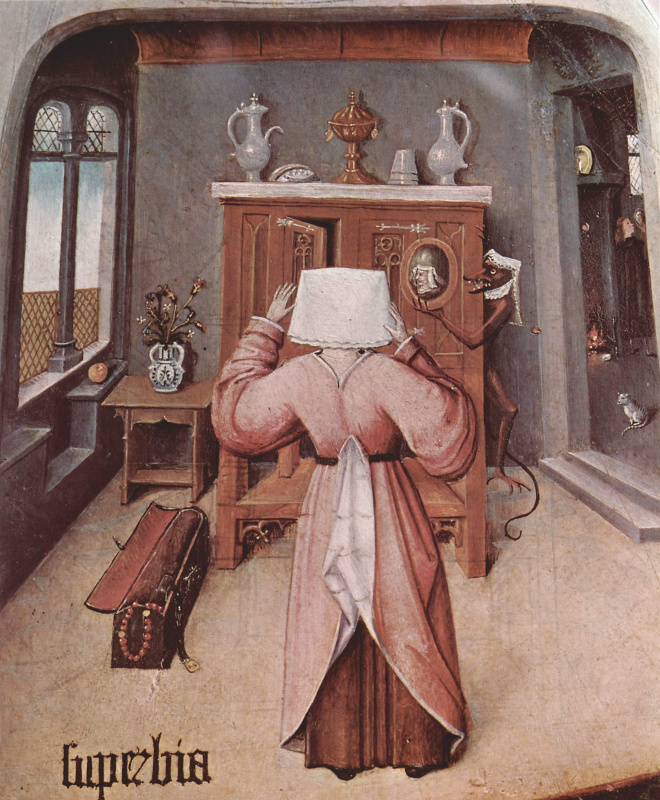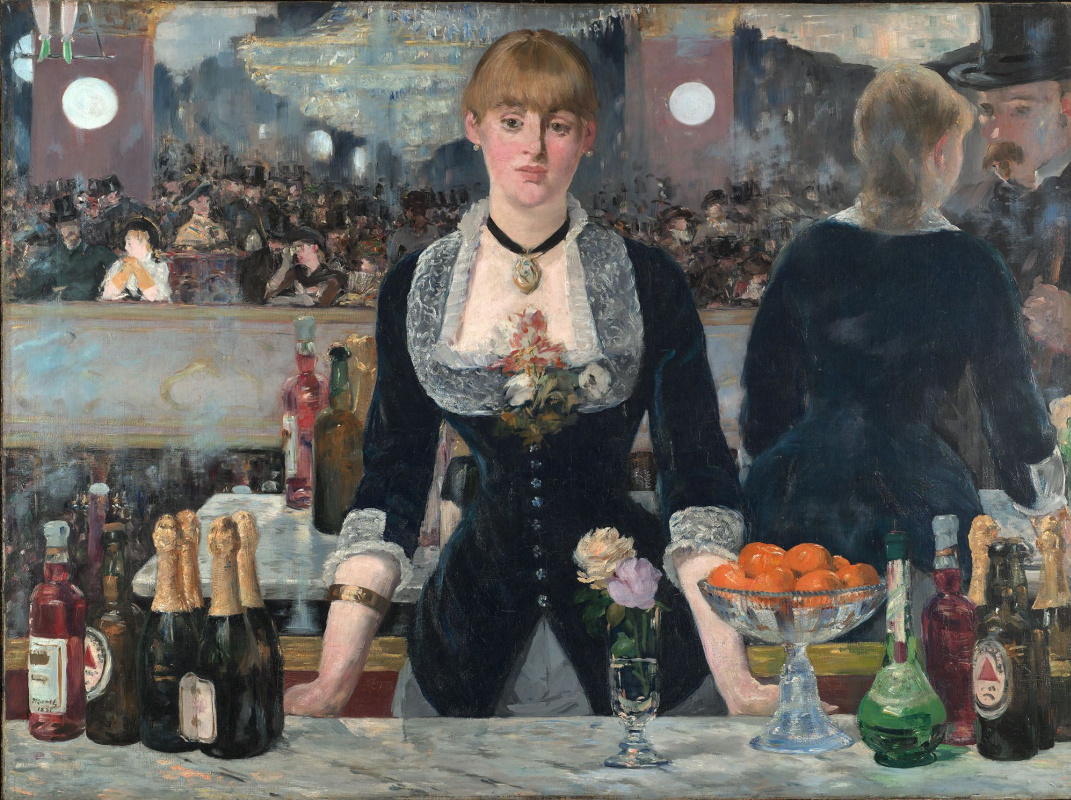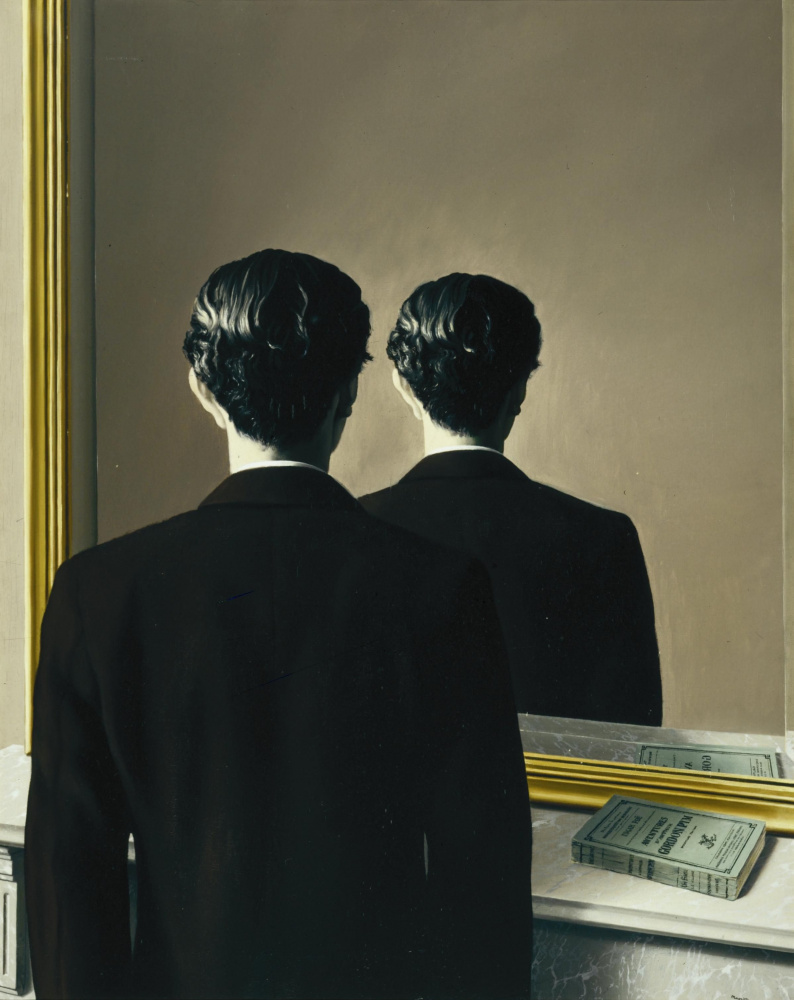If you want a good thrill, fun and consternation, look in the mirror. This secret is known to Russian girls who tell fortune on the Epiphany eve. Mirrors are borders between life and death, truth and falsehood, reality and illusion. We were not scared and chose seven unusual picturesque mirrors worth taking a closer look at. These are mirrors that give more questions than answers. They protect their secrets. You feel uncomfortable and sometimes joyful when looking at them.
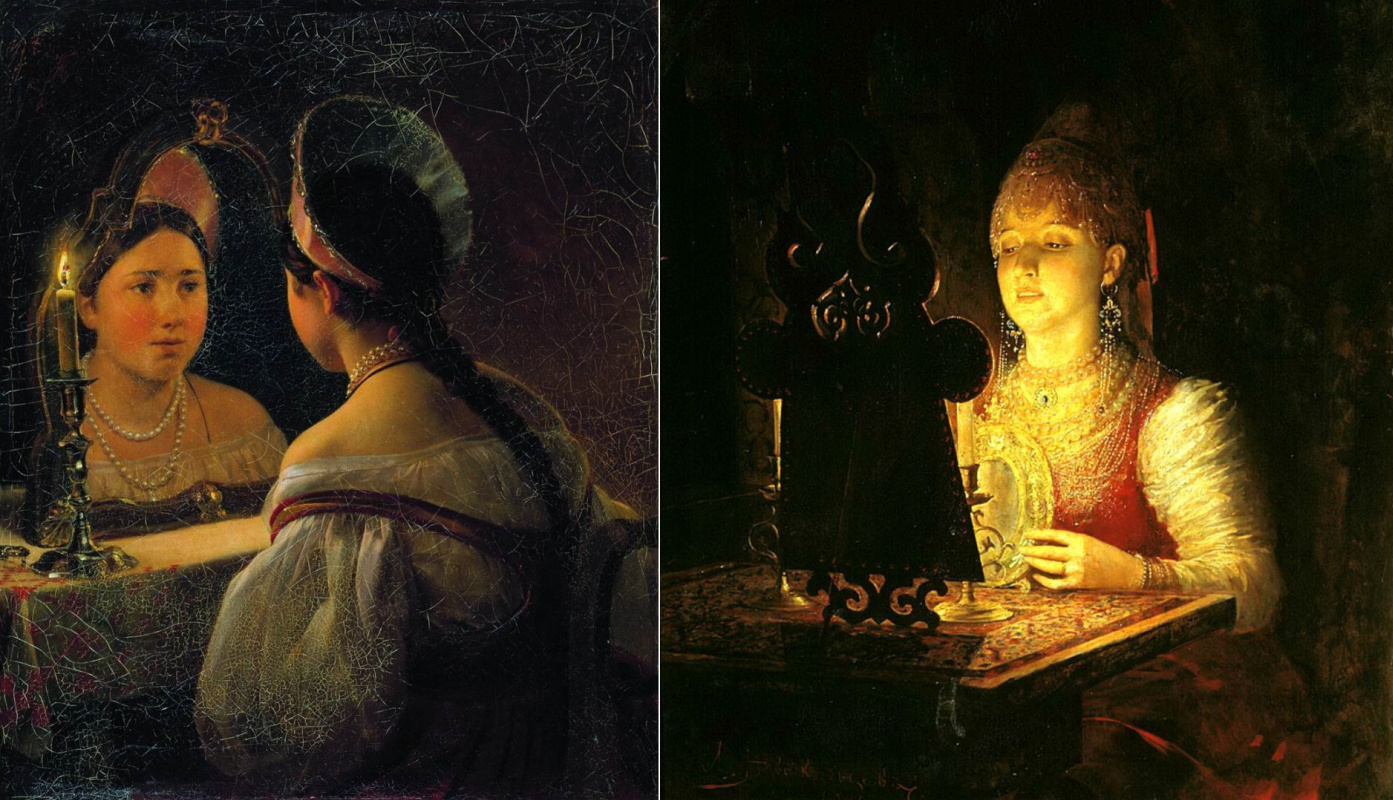
Prepared for prophecy and fable,
She did what nurse advised she do
And in the bath-house had a table
That night, in secret, set for two;
Then sudden fear attacked Tatyana…
I too — when I recall Svetlana
I’m terrified — so let it be…
Tatyana’s rites are not for me.
(A. S. Pushkin. Eugene Onegin. Chapter V. Translated by Charles H. Johnston)
She did what nurse advised she do
And in the bath-house had a table
That night, in secret, set for two;
Then sudden fear attacked Tatyana…
I too — when I recall Svetlana
I’m terrified — so let it be…
Tatyana’s rites are not for me.
(A. S. Pushkin. Eugene Onegin. Chapter V. Translated by Charles H. Johnston)
Guests in van Eyck’s mirror
For sure, this review cannot do without one of the most famous and mysterious paintings in the world, The Arnolfini Portrait by Jan van Eyck.
The Arnolfini portrait
1434, 82×60 cm
This picture is overflowing with details that were probably understandable to the client of the picture and his contemporaries, but cause conflicting interpretations after centuries. One such detail is the mirror in the back of the room, decorated with medallions depicting the Passion of Christ. On the left (from the side of the man), the events of the medallion depict episodes that took place before the death of Christ, on the right (from the side of the wife), what happened after His death. This is an argument for the theory that the portrait was commissioned to van Eyck by an inconsolable husband in memory of his deceased wife. On the other hand, the mirror itself is a symbol of the Virgin and the integrity of the bride: an evidence for the fact that the picture is a wedding portrait (or the merchant Giovanni di Nicolao Arnolfini wanted the posthumous portrait of his wife to be performed as a wedding scene).
The mirror reflects two men entering the room. One of them, the one in blue, may be van Eyck’s self-portrait. It may be the reason why the artist wrote "Johannes van eyck fuit hic" above the mirror, which is usually translated as "Jan van Eyck was here" (reading of this phrase also has several versions just as its translation).
The mirror reflects two men entering the room. One of them, the one in blue, may be van Eyck’s self-portrait. It may be the reason why the artist wrote "Johannes van eyck fuit hic" above the mirror, which is usually translated as "Jan van Eyck was here" (reading of this phrase also has several versions just as its translation).
Diego Velázquez probably knew the painting: it was part of the Spanish royal collection since 1530, and Velázquez was a court painter. Under its influence, he created his masterpiece with a mirror and a couple reflected in it.
The royal couple in the Velázquez’s mirror
Velázquez's Las Meninas is another painting with a bunch of unknowns. Who is the artist looking at? Us or the king and queen who entered the room? Besides the fact that he liked van Eyck, what did he tell us with the help of this mirror? Did he invite us to enter the picture with him? Or show that everything in life is vague, illusory, while what the great Velázquez painted with his brush on the canvas is much more real than the reflection in the mirror? May the force of art be with you!
Las Meninas
1656, 318×276 cm
The most important question: what kind of picture did Velázquez paint? Perhaps the king and queen did not just come to the artist’s studio to talk (although it could have happened, as the artist and Philip IV were connected not only by service, but also by friendship), but in order to pose: in the mirror, they stand against the draped background — a finished portrait. By the way, there is a mirror hanging among the pictures, you can easily confuse, and once more, this makes you think about the illusory nature of everything, including the border between illusion and reality. But there is no paired portrait of the royal couple in Velázquez's legacy. He painted them one at a time, so that we can see those faces blurred in the mirror, in details. Just swipe to the right.
Another blurred portrait in the mirror of Velázquez
Let’s face it, this picture has something to admire. But in addition to the spectacle, the audience also demands facts. I would like to know who this woman was, who had captivated Velázquez so much that he opted for nude genre, unusual for him. Obviously, the artist himself preferred to keep this a secret: the reflection in the mirror is extremely illegible: one cannot see the face. Moreover, the picture study showed that initially the heroine’s head was turned slightly more to the left and the woman’s nose was visible. But the artist abandoned this idea — perhaps he feared that the depicted person could be identified. Well, or he thought that we’d feel less intrigued.The question is, why then did he even introduce a mirror into the picture? Everything is simple here: painting ordinary women naked was inappropriate at that time, only goddesses could stay without clothes, and a mirror instantly turns any woman into a goddess in a picture, because it is a traditional attribute of Venus.
We suspect that the same woman is also present in Velázquez's The Spinners painting, though dressed, but without her face again.
Velázquez's biographers have a suggestion. On his second trip to Italy, the legally married painter had an affair with a young Roman artist named Flaminia Triva. According to another version, her name was Flaminia Triunfi, as this name is mentioned by Antonio Palomino in his story of Velázquez. Palomino was the author of a collection of Spanish painters' biographies, The Pictorial Museum and Optical Scale, a kind of Spanish Vasari. According to him, Velázquez allegedly started an affair, painted the nude
colleague, left (and never visited Italy again), and she gave birth to his son Antonio.
And the Bosch’s mirror is kind of...
The subject takes place in hell, that is, on the right wing of the triptych by Hieronymus Bosch, The Garden of Earthly Delights. Instead of a mirror, the beauty is offered a monster’s ass. Why is she serving her sentence here? Perhaps her sin is lust, and her external resemblance to Eve from the left wing of the triptych is not a fluke.Pride is also possible answer. It is with the help of a mirror provided by evil spirits that this sin is illustrated in the work attributed to Bosch, The Seven Deadly Sins and the Four Last Things. The girl’s eyes are closed: maybe she practised narcissism during her lifetime, and now she doesn’t want to look in the mirror forever?
In "The Garden…" by Bosch, many popular proverbs are encrypted (yes, Bruegel was not the first to entertain himself by illustrating folk expressions, often strong ones). And this scene can be a visualization of the proverb "If you admire your reflection in the mirror for too long, you will see the ass of the devil", which clearly warns of the punishment for pride.
In "The Garden…" by Bosch, many popular proverbs are encrypted (yes, Bruegel was not the first to entertain himself by illustrating folk expressions, often strong ones). And this scene can be a visualization of the proverb "If you admire your reflection in the mirror for too long, you will see the ass of the devil", which clearly warns of the punishment for pride.
The Devilry of Manet
The wrong, the impossible, the inexplicable is often seen in the paintings by Édouard Manet. At the same time, one can never say for sure whether the artist has mistaken or conceived so. For example, when he allowed the outrageous neighborhood of oysters and coffee on the table and either sent a giant woman to splash in the river, or deliberately squeezed the perspective. But in his painting, A Bar at the Folies-Bergère, he suggests that it is not Manet himself, but the mirror in a golden frame
with a girl in a velvet dress before it, is lying or confusing. Yes, yes, all this noise and din, all these drinking spectators and gymnasts flying in the air, are not behind her, but behind us.
And in this mirror, the bottles are not in the same place of the table as they are in reality (consider the picture foreground as such). And this mirror makes the girl look pretty fat: she looks too massive from the back. Okay, a mirror that makes you look fat is not a trick: these can still be found in every second fitting room of department stores. But the girl in the reflection leaned towards the man and maybe even talks, flirts with him. While the real girl in the foreground stands still, looks blankly.
The artist did not say what he wanted to say. While we can see each to his own in this mirrored confusion. The barmaid who prescinded from all this vulgar fuss for a second (her look is good for dead men in the movies to look at their lifeless body from the side and realize something important; likewise, she as if separated from her routine role for a moment, heard the silence at the centre of a noisy party). The visitor feeling dizzy from his amusement, champagne and beer, or maybe from the discreet, but indisputable beauty of the heroine.
And in this mirror, the bottles are not in the same place of the table as they are in reality (consider the picture foreground as such). And this mirror makes the girl look pretty fat: she looks too massive from the back. Okay, a mirror that makes you look fat is not a trick: these can still be found in every second fitting room of department stores. But the girl in the reflection leaned towards the man and maybe even talks, flirts with him. While the real girl in the foreground stands still, looks blankly.
The artist did not say what he wanted to say. While we can see each to his own in this mirrored confusion. The barmaid who prescinded from all this vulgar fuss for a second (her look is good for dead men in the movies to look at their lifeless body from the side and realize something important; likewise, she as if separated from her routine role for a moment, heard the silence at the centre of a noisy party). The visitor feeling dizzy from his amusement, champagne and beer, or maybe from the discreet, but indisputable beauty of the heroine.
Bar at the Folies-bergère
1882, 97×130 cm
The Magritte’s mirror with troubles
Hiding human faces is a favourite technique of Magritte: remember his Son of Man and the Lovers. When Edward James, a British millionaire patron of the Surrealists, commissioned Magritte two of his portraits, the artist resorted to the proven method: in one portrait, he depicted the customer with a luminous lamp in place of the face, on the other, in front of a mirror, which reproduced the back of his head instead of his face.
Not
to be Reproduced
1937, 81.3×65 cm
Magritte painted the Not to Be Reproduced painting, relying on a photo that he made himself in the same 1937 in the London mansion of Edward James: in the picture, James stands in front of Magritte’s painting, On the Threshold of Liberty, owned by him.
And now, although it’s not to be reproduced, the picture with the "faulty" mirror by Magritte is reproduced by filmmakers when they want to cause anxiety in the viewer from a lack of understanding of what is happening and uncertainty about what is real and what is not.
Serov’s friendly gesture
Henrietta Girshman believed that this portrait of her echoes the Las Meninas painting by Velázquez with its compositional play with mirrors (Serov loved Velázquez and even copied him). The modern viewer can find a reason to compare this portrait with that by Magritte as well: look, in the mirror, behind Henrietta Leopoldovna’s back, it is not the back of her head reflected, but her face! The mirror reflection of the mirror reflection.But we’re talking about something else now. Take a look at the lower right corner of the mirror in this canvas: here is a direct evidence that the gloomy, unsociable, taciturn Serov, whose portraits were often called evil, knew how to be kind and witty; he was sympathetic to many his sitters. Igor Grabar, who wrote a biography of Serov, argued that Valentin Alexandrovich liked Henrietta Girshman very much, "he considered her smart, educated, cultured, simple and modest, without the manners of rich upstarts, and very pretty".
"I remember him thank me for my patience with his usual ironic smile, as the work on the portrait lasted a year and a half; he pointed to the surprise: in the depths of the portrait, in the mirror, he painted his reduced self-portrait!" (from the memoirs of Henrietta Girshman)






